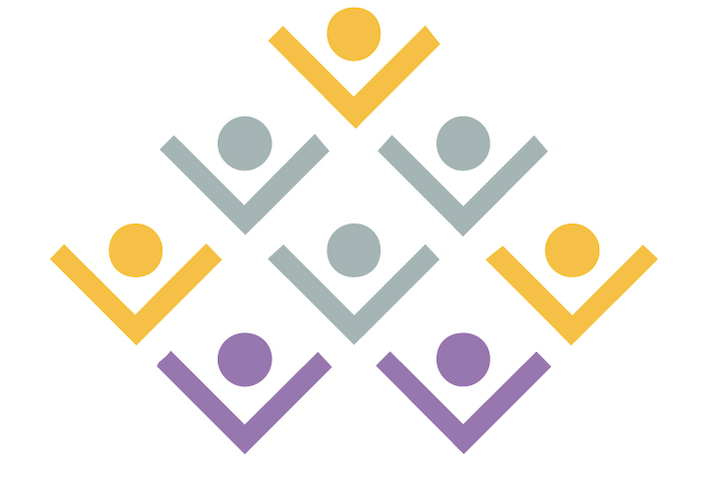The Pathway to Personal Development Starts With Investigating Yourself
This is the first in a series of five blog posts that detail the process of becoming enlivened in your personal and professional life. This way of being results from self-study and work in the areas of voice, movement, communication, and spirit. This particular post is focused on the step: Investigation.
Do you tend to breathe quickly in your chest when you speak in front of a group? Do you get flushed? Does your voice change pitch? Or have you completely forgotten what has happened after you have completed a ten-minute presentation as if you weren't even there?
If you answered “yes” to any of these, you would benefit greatly from the entryway into understanding your ways of being that you discover in Investigation. This is the first of five steps in the process of becoming a dynamic communicator in your personal and professional life in which you come to know yourself so you can better yourself through explorations of breath, voice, movement, and communication.
From time to time clients tells me they spent a lot of money on another communication consultant for a presentation that did little to nothing to help them. I ask, "What did this person do?" and they tell me a range of games and activities that perhaps encouraged them to speak more loudly or slow down their rate of speech. Or, perhaps in the hour-long session the coach had clients perform vocal exercises I recognize as those used as part of long-term curricula with acting students, but I personally wouldn't think useful as one-off exercises.
I feel compassion for clients who sought assistance and received ineffective guidance. There is no single exercise that is a quick fix to presenting material effectively and confidently. Rather, if you want to become a confident and effective presenter, you need to get to the heart of the whys and hows of your presentation style. Realize what is happening when you feel your face turning red when you speak in front of a group. Perhaps it is because you are holding your breath while you speak. Understand why your voice goes up in pitch or you speak very quickly when it comes to a sales conversation. Discovering how you express yourself in different scenarios can help you determine what you need to do to correct any pattern that is holding you back.
Just as you can't find your way in a dark room without turning on a light, you can't realize what you are doing when you speak without becoming aware of yourself. In this step, you learn how to identify emotional and physical sensations. You learn how to breathe well so you can more fully recognize sensations because breath awareness is synonymous with an awareness of other sensations. The better you breathe, the more readily you can notice them. Think of breath awareness as turning on a light. Now it's time to step inside. From here, you learn postural alignment and the duality between how you breathe and how you hold yourself in the world. When you create the physical space to breathe well, you clear the landscape to determine what's happening within.
Once you have determined what’s been operating as a detriment in your communication, you learn skills to not only prevent these patterns from occurring, but you develop and strengthen your communication skills. Moreover, you discover habits with your new toolkit that have been holding you back in other areas on your personal and professional life as you have connected with others. You may feel clumsy with these tools at first, but you eventually find a way to handle them with finesse. It takes focus, dedication, and commitment. But it is wildly liberating.
Ideally, you discover that sustaining an ongoing awareness of sensations as you communicate in daily life is an act of mindfulness. You note what comes up and you work through it with the skills you have learned to promote self-betterment in the moment. This leads us to the next step of the five-pronged process, Identification, which I will explain in a subsequent article.
Stay tuned for future posts that explain the other four steps in the process for becoming enlivened.
